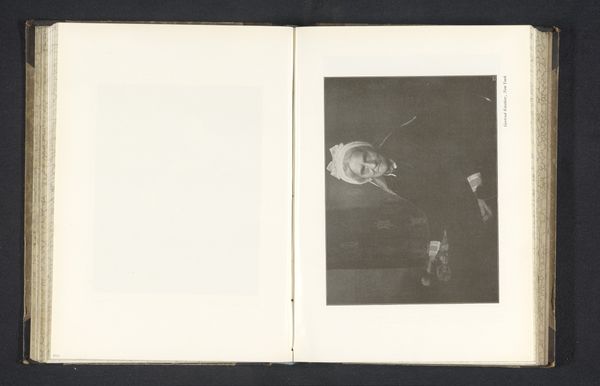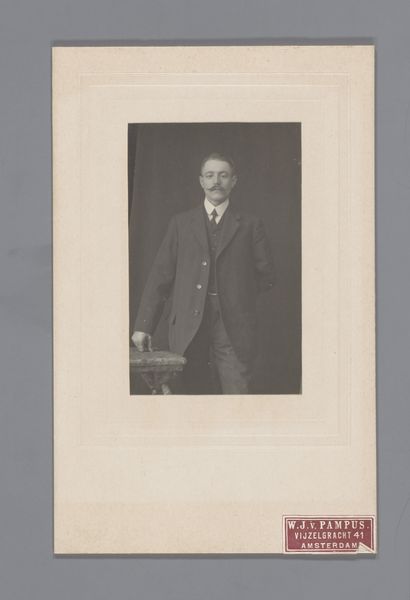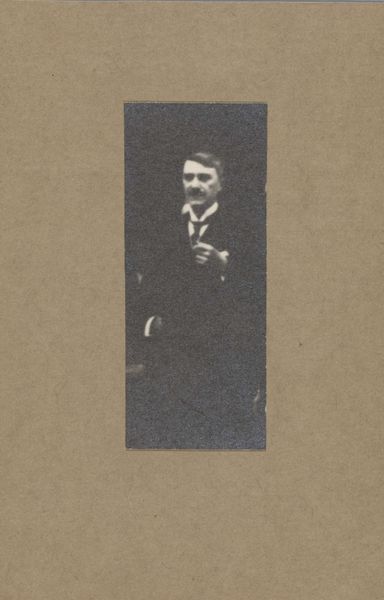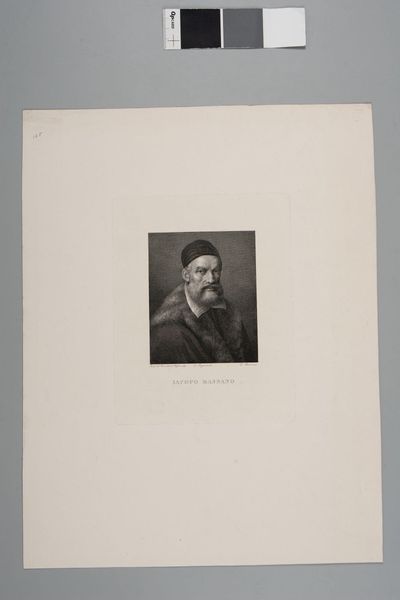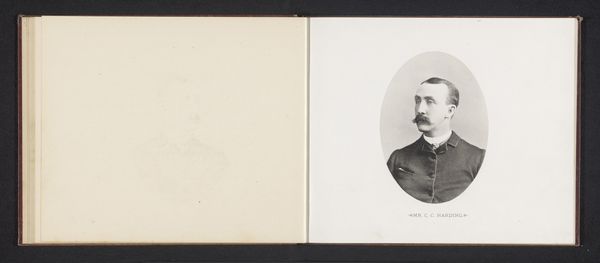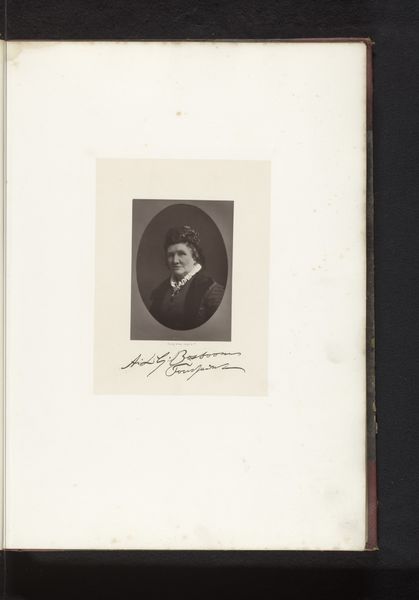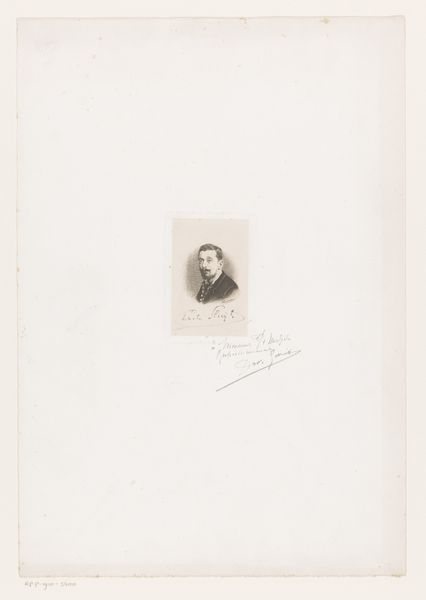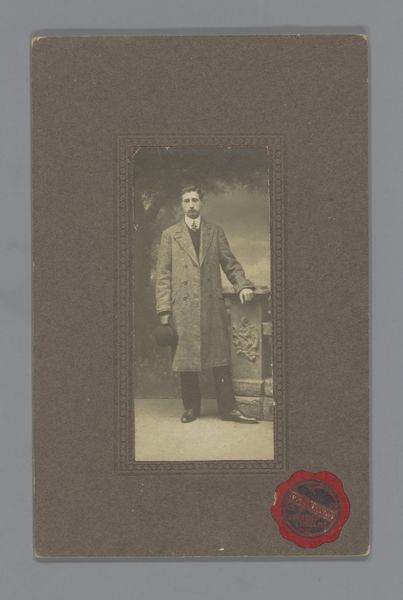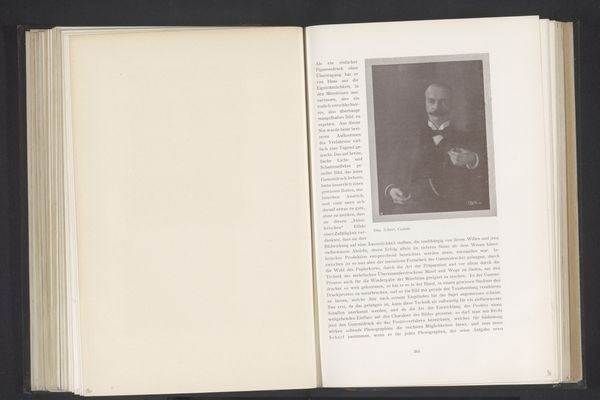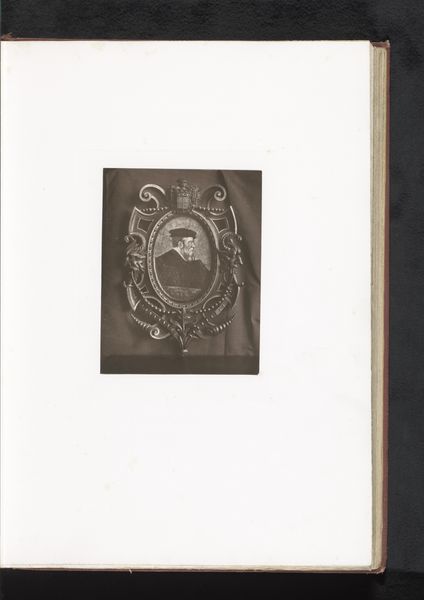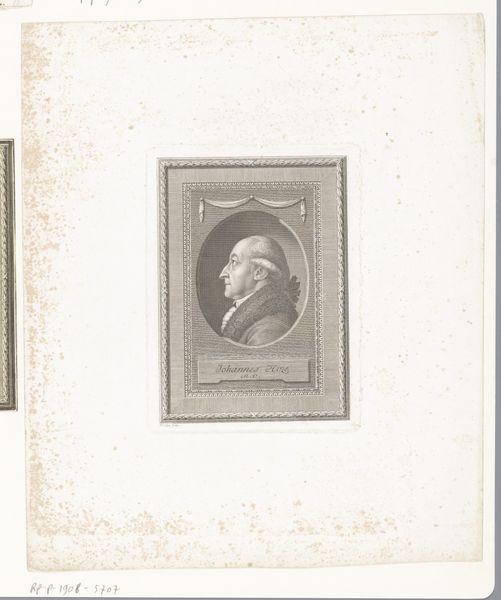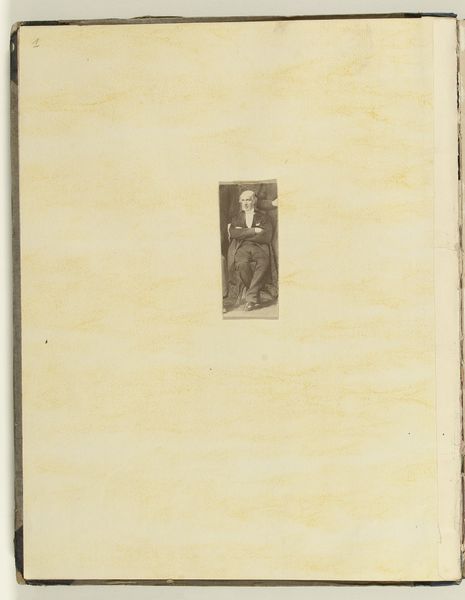
print, photography
#
portrait
# print
#
photography
#
history-painting
#
academic-art
Dimensions: height 127 mm, width 94 mm
Copyright: Rijks Museum: Open Domain
Curator: This print, likely photographic in origin, offers a reproduction of a portrait of King Charles IX, created sometime before 1873. Editor: It has a certain melancholy stillness, doesn't it? Almost like a fading memory trapped within that small frame in the book. The edges around the portrait almost looks aged. I wonder, who was drawn to immortalizing this figure, and in such a delicate, unassuming way? Curator: The choice of reproductive medium—photography applied to printmaking—raises interesting questions. Why translate a painting through the relatively new technology of photography at that time? Was it about wider accessibility, or perhaps a perceived 'objectivity' lent by the photographic process? Think about how the print makes this painting a commodity, allowing it to circulate among collectors or as historical documentation. Editor: Perhaps it offered a touch of drama, like bringing history into tangible form, accessible from this almost voyeuristic point of view, seeing the king within the pages of a book. Knowing his tumultuous reign adds to the haunting feeling, don’t you think? He looks almost burdened in this shot. Curator: It’s also key to consider the social function here. Royal portraits reinforced power and legitimacy. Reproducing that portrait, even through photography and printing, still taps into that historical power structure and it’s all about control and visual dissemination in my point of view. But who was this dissemination intended for, and why? That, I think, is an unanswerable question that drives the material implications in that reproduction. Editor: True. Perhaps what fascinates me most is this intimacy of the medium. You could hold this history in your hand, hidden behind closed covers like a secret—one charged with the complexities of ambition, regret, and royal duty. I guess in that sense, art truly is what you bring to it as well. Curator: Indeed. Examining its materiality invites considerations far beyond the sitter's identity, touching upon systems of production, access, and historical memory-making, to better appreciate these older paintings. Editor: Precisely, It shifts our focus and, suddenly, a portrait of a king transforms into something that invites deeper introspection about history itself.
Comments
No comments
Be the first to comment and join the conversation on the ultimate creative platform.
